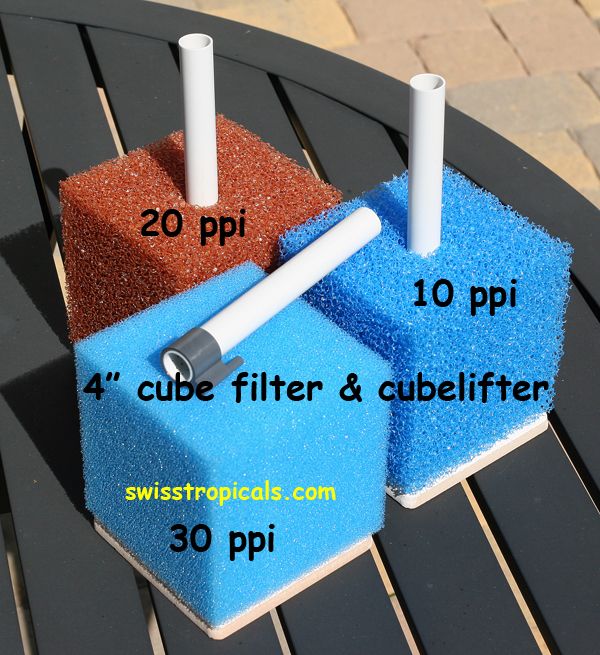Filter floss is next to worthless as a jump start for bacteria. It is a mechanical media, which are, by definition, designed to clog. This makes them very inhospitable homes for the nitrifying bacteria. The Safe Start should work just fine.
6 tetras in a 50 gal will not make a lot of ammonia. So two things are possible here. One is that there is not really enough ammonia in the tank to show up yet. The other is the ammonia being produced is easily being handled by the Safe Start which also means it is handling the nitrite.
However, to answer your general question "can a tank be instantly cycled using bottled and borrowed bacteria?" The answer is yes. In fact it can be fully cycled with either one alone or in combination with live plants, which also consume ammonia.
I suggest you let the tank run as is for the next few days (2-3) and test for ammonia at least once a day. If you read 0 every time, then you are likely cycled and should add more fish right away. if you have plenty of bacteria it needs more ammonia anyhow, so the new fish will provide it. To be safe do not increase the bio-load by more than 100% in this addition. Be prepared for a small ammonia spike, so test for ammonia the next few days after you add the new fish. If there is no spike, you can add more fish again. If you want to feel even safer- test for nitrite as well. When a tank is cycled, it has enough nitrite oxidizers to handle all of it that the ammonia bacteria produce.



 /www.swisstropicals.com/Poret%20Filter%20Foam.html
/www.swisstropicals.com/Poret%20Filter%20Foam.html
